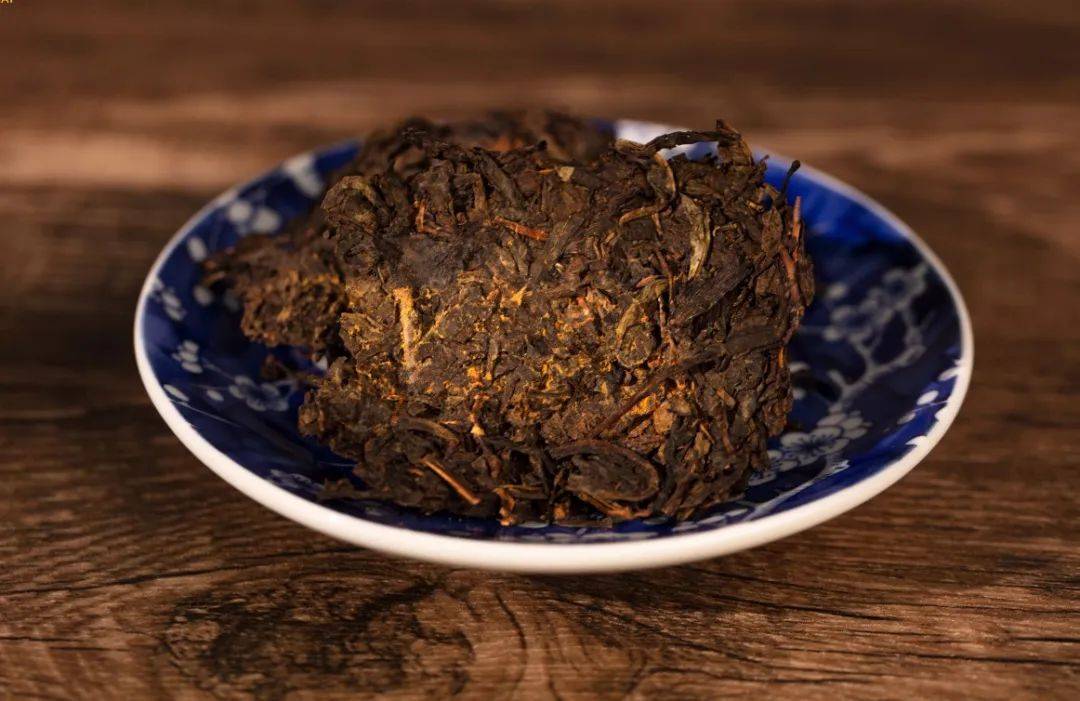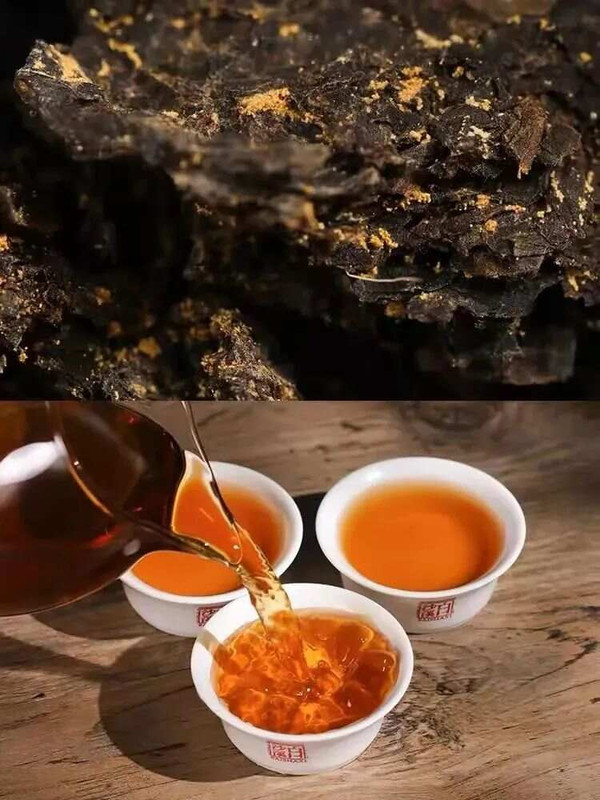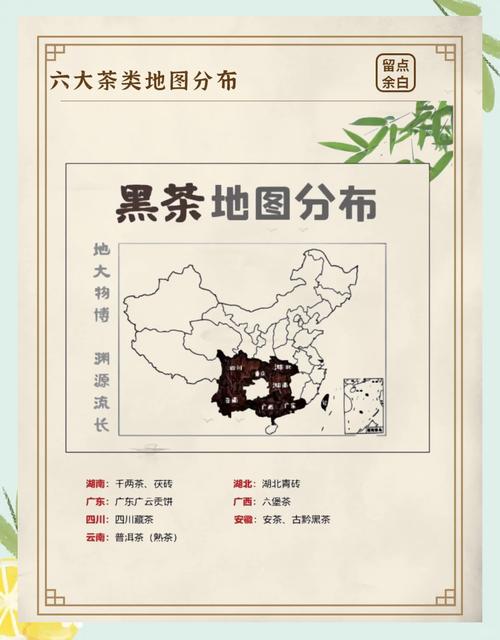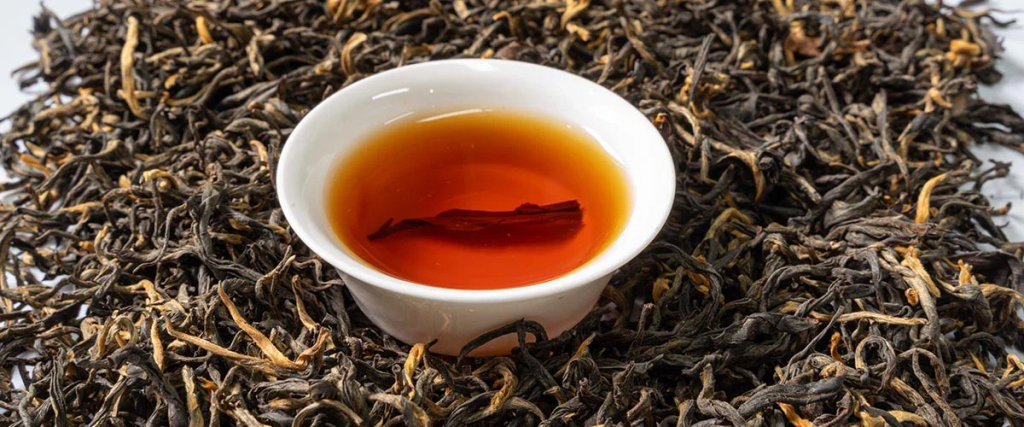Dark tea, a unique category of post-fermented tea renowned for its mellow flavor and aging potential, has evolved significantly over centuries. While traditional craftsmanship remains rooted in time-honored techniques passed down through generations, modern technology has introduced innovations that reshape its production landscape. This article explores the distinctions between these two approaches, highlighting their respective merits and impacts on dark tea’s character.

1. Harvesting and Initial Processing
- Traditional Methods:
Craftsmen handpick mature leaves, often including stems, which contribute sweetness and structural integrity during fermentation. After withering under natural sunlight, leaves are manually pan-fired in iron wok at 260–300°C, requiring constant stirring to ensure even heating. This step halts enzymatic oxidation and sets the stage for fermentation. - Modern Techniques:
Mechanical harvesters collect leaves efficiently, though some argue this may compromise selectivity.滚筒杀青机 (roller-killing machines) operate at controlled temperatures (180–200°C), ensuring consistency but reducing the “hand-crafted” variability prized by connoisseurs.
2. Rolling and Piling (Wo Dui)
- Traditional Craftsmanship:
Leaves are hand-rolled in bamboo trays to release juices, followed by piling into 1-meter-high heaps covered with damp cloth. Artisans monitor humidity (85%) and temperature (25–65°C) through tactile and olfactory cues, adjusting moisture and airflow to nurture microbial activity. This process can take 24–72 hours, during which the tea undergoes complex chemical changes. - Modern Innovations:
Automated rollers standardize cell breakage, while climate-controlled fermentation chambers regulate humidity and temperature via sensors. Some producers even employ微生物接种 (microbial inoculation) to accelerate desired fermentation profiles, reducing reliance on ambient conditions.
3. Drying and Aging
- Traditional Methods:
Tea is dried over pinewood fires in 七星灶 (seven-hole stoves), imparting a smoky aroma. For compressed teas like 千两茶 (Qian Liang Tea), bamboo baskets are pressed by teams of workers and aged 49 days under alternating sun and dew. Natural aging over years deepens flavors, with oxidation and microbial interactions continuing gradually. - Modern Techniques:
Hot-air dryers or sun-drying tunnels expedite moisture removal, ensuring hygienic standards but potentially sacrificing smoky nuances. Accelerated aging techniques, such as controlled humidity storage, simulate years of maturation in months, though purists debate their impact on complexity.
4. Standardization vs. Artisanal Variability
- Traditional Craftsmanship:
Each batch reflects the terroir and the craftsman’s intuition, resulting in subtle variations in taste and aroma. Regional styles, such as Anhua’s “金花” (golden blossoms of Eurotium cristatum), emerge from localized microbial ecosystems. - Modern Technology:
Automation enforces uniformity, critical for mass production and export consistency. However, this may homogenize regional characteristics, prompting some artisans to blend traditional methods with digital monitoring to preserve heritage while enhancing efficiency.
5. Cultural and Economic Implications
Traditional practices sustain rural communities and cultural heritage, often linked to specific geographic indications (e.g., Liu Bao tea from Guangxi). Conversely, modernization increases accessibility and market reach, catering to urban consumers’ preference for convenience. Premium brands now blend both approaches: using tech for quality control while retaining manual steps for flavor depth.
Conclusion
The dichotomy between tradition and modernity in dark tea mirrors broader debates in craft vs. industry. Traditional methods celebrate patience and symbiosis with nature, yielding teas of profound complexity. Modern technology prioritizes scalability and consistency, democratizing dark tea’s availability. Ultimately, the synergy of both—leveraging tech for precision while preserving artisanal soul—may pave the way for dark tea’s sustainable future, balancing heritage with innovation.



